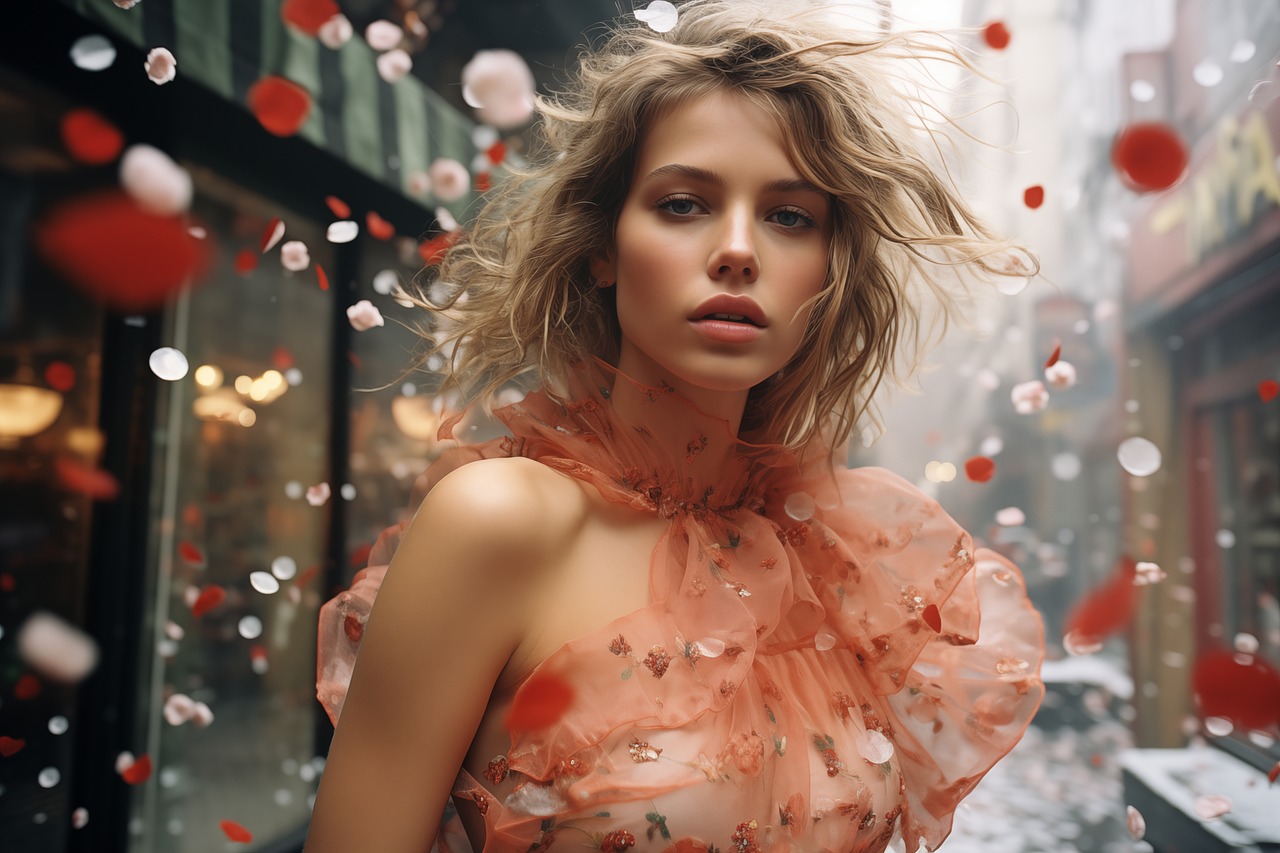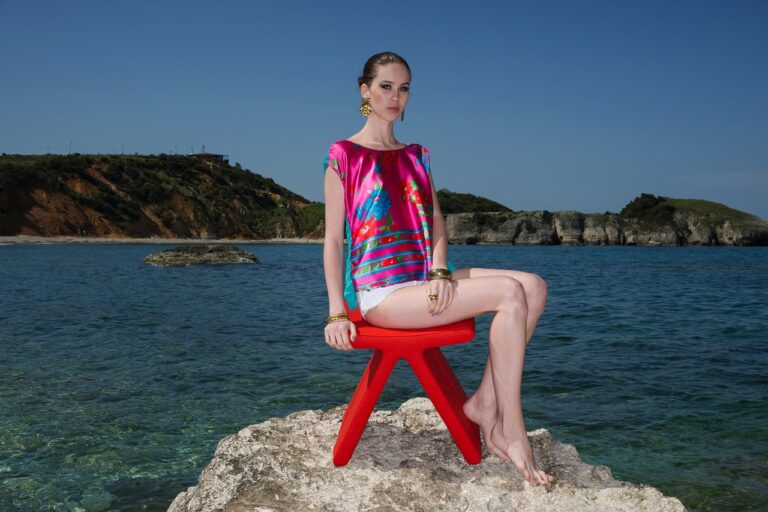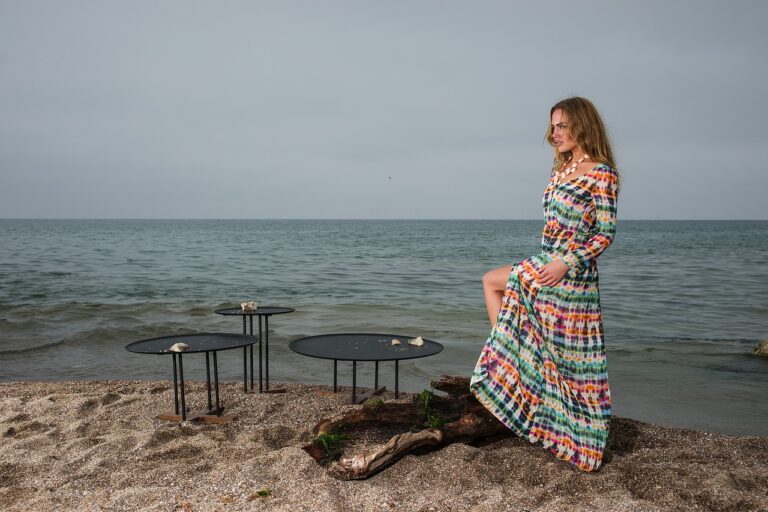Breaking Gender Norms: Unisex and Gender-Fluid Fashion
In the fashion world, there is a growing movement that challenges the traditional standards of what is considered “appropriate” or “normal” when it comes to clothing. This shift towards inclusivity and diversity is breaking down barriers that have long dictated how individuals should dress based on their gender, body type, or age.
Designers and brands are increasingly embracing the idea that fashion should be a form of self-expression that knows no boundaries or limitations. By creating collections that cater to a wide range of sizes, shapes, and styles, the industry is moving towards a more inclusive and body-positive approach that celebrates individuality.
History of Gendered Clothing
Gendered clothing has a long-established history dating back centuries. In many ancient societies, clothing was used as a way to signify one’s gender identity. This often led to strict dress codes that reinforced traditional gender roles and expectations, dictating what men and women were allowed to wear.
During the Victorian era, fashion became highly polarized, with clearly defined and rigid attire for both men and women. Women’s clothing was marked by corsets, hoop skirts, and layers of fabric that restricted movement and emphasized femininity. In contrast, men’s clothing focused on tailored suits, top hats, and structured silhouettes that conveyed masculinity and authority. These gendered fashion norms persisted for generations, shaping societal perceptions and dictating personal expression.
Rise of Unisex Fashion
The rise of unisex fashion marks a shift towards inclusivity and gender neutrality in the clothing industry. Designers are increasingly challenging traditional gender norms by creating collections that are not limited by stereotypical distinctions between men’s and women’s clothing. This movement towards unisex fashion allows individuals to express themselves freely without feeling confined to societal expectations based on gender.
Moreover, the rise of unisex fashion has opened up the conversation about diversity and representation in the fashion world. By breaking down barriers between men’s and women’s clothing, the industry is beginning to embrace a more fluid and diverse approach to design. This shift towards unisex fashion is not only a reflection of changing societal attitudes towards gender, but also a step towards a more inclusive and innovative future for the fashion industry.
• Unisex fashion challenges traditional gender norms
• Allows individuals to express themselves freely
• Opens up conversation about diversity and representation in fashion industry
• Embraces a more fluid and diverse approach to design
• Reflects changing societal attitudes towards gender
• A step towards a more inclusive and innovative future for the fashion industry
What are some benefits of unisex fashion?
Unisex fashion promotes inclusivity and breaks down traditional gender stereotypes. It allows for more freedom of expression and creativity in personal style.
How has unisex fashion challenged traditional fashion standards?
Unisex fashion has blurred the lines between what is considered “masculine” and “feminine” clothing, challenging the idea that clothing should be restricted based on gender.
What is the history of gendered clothing?
Gendered clothing has been around for centuries, with specific styles and colors being associated with either masculinity or femininity. This has reinforced societal norms and expectations surrounding gender roles.
How has the rise of unisex fashion impacted the fashion industry?
The rise of unisex fashion has led to a more diverse and inclusive fashion industry. Designers are now creating collections that cater to a wider range of individuals, regardless of their gender identity.
Are there any challenges associated with unisex fashion?
One challenge of unisex fashion is that it may not always accommodate the diverse body shapes and sizes of individuals. There is also a need for more education and awareness surrounding gender identity and expression in the fashion industry.







